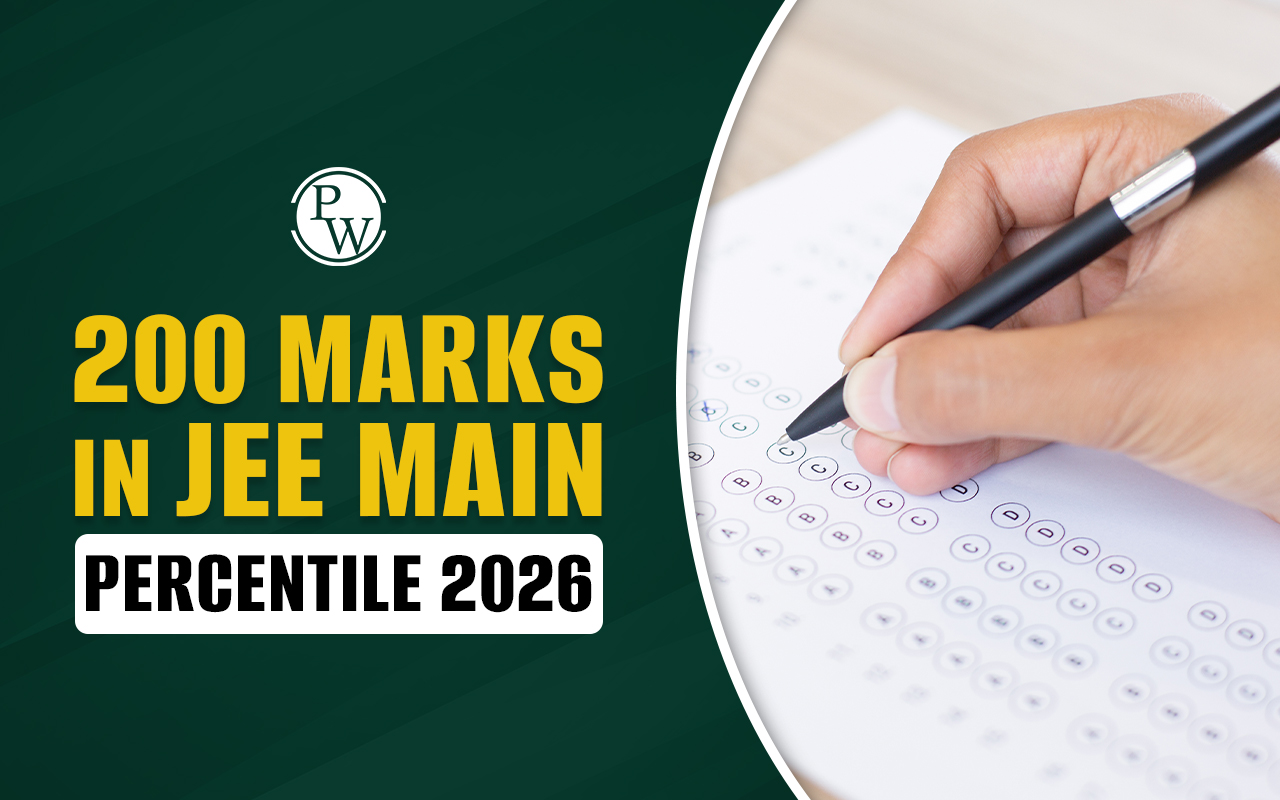
Mendeleev's Periodic Table : Dmitri Mendeleev, a Russian chemist, made an indelible mark on the classification of elements with his formulation of the Periodic Law. Mendeleev's genius lay in organising elements not only by atomic mass but also by their chemical properties. He created the periodic table, a masterful arrangement where elements with similar characteristics were grouped together.
Mendeleev's foresight included leaving gaps for undiscovered elements and predicting their properties, a testament to the predictive power of his periodic table.
Mendeleev's Periodic Law
Mendeleev's Periodic Law : Dmitri Mendeleev, a Russian chemist, unveiled his magnum opus – the Periodic Law. Unlike previous attempts, Mendeleev organized elements not merely by atomic mass but also by their chemical properties. His stroke of genius resulted in the creation of the first periodic table.
where elements with analogous characteristics found their place in designated groups. Mendeleev's Periodic Law provided a comprehensive framework, showcasing the interconnectedness of elements and leaving gaps for undiscovered elements with predicted properties. This visionary approach not only organized the known elements but also anticipated the existence and properties of elements yet to be discovered.
Mendeleev's periodic law: The physical and chemical properties of elements are the periodic function of
their atomic weight.
Mendeleev’s Periodic Table
Characteristics of Mendeleev’s periodic table
(a) It was based on atomic weight.
(b) 63 elements were known; noble gases were not discovered.
(c) He was the first scientist to classify the elements in a systematic manner i.e. in horizontal rows and in vertical columns.
(d) Horizontal rows were called periods and there were 7 periods in Mendeleev’s periodic table.
(e) Vertical columns are called groups and there were 8 groups in Mendeleev’s Periodic table.
(f) The elements belonging to same group exhibit similar properties.
Merits or advantages of Mendeleev's periodic table
(a) Study of elements: First time all known elements were classified in groups according to their similar properties. So study of the properties of elements become easier.
(b) Prediction of new elements: It gave encouragement to the discovery of new elements as some gaps were left in it.
Sc (Scandium), Ga (Gallium), Ge (Germanium), Tc (Technetium)
These were the elements for whom position and properties were well defined by Mendeleev even before their discoveries and he left the blank spaces for them in his table.
Demerits of Mendeleev's periodic table
(a) Position of hydrogen: Hydrogen resembles both, the alkali metals (IA) and the halogens (VIIA) in properties so Mendeleev could not decide where to place it.
(b) Position of isotopes: As atomic weight of isotopes differs, they should have been placed at different position in Mendeleev’s periodic table. But there were no such places for isotopes in Mendeleev’s periodic table.
(c) Anomalous pairs of elements: There were some pairs of elements which did not follow the increasing order of atomic weights.
(d) Like elements were placed in different groups:
There were some elements like Platinum (Pt) and Gold (Au) which have similar properties but were placed in different groups in Mendeleev’s table.
(e) Unlike elements were placed in same group:
(f) Cause of periodicity : Why physical and chemical properties repeated in a group.
Mendeleev's Periodic Table FAQs
Q.1 : What is Mendeleev's Periodic Table, and how did he organize the elements?
Q.2: How did Mendeleev's Periodic Table differ from previous attempts at elemental classification?
Q.3 : How successful were Mendeleev's predictions for undiscovered elements, and which elements were accurately predicted?
Q.4 : Why did Mendeleev's Periodic Table gain widespread acceptance in the scientific community?
Q.5 How did Mendeleev's Periodic Table contribute to the development of the modern periodic table?










